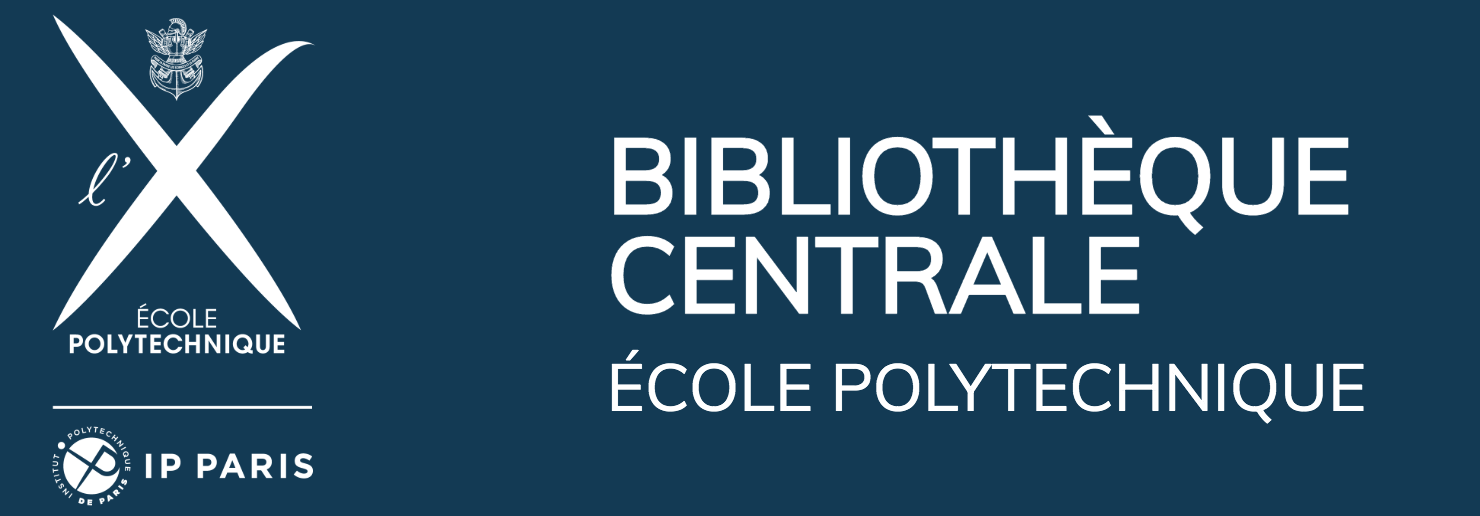Architecture, the guardian of nature. The project of the ground within the transformation of urban highways, 1962-2018
DOI:
https://doi.org/10.19229/2464-9309/1372023Keywords:
green infrastructure, regeneration, soil design, urban highways, ring roadAbstract
An unstoppable shift in the paradigm underlying mankind’s conception of its species’ building modalities is at the root of the interest in embedding greenery in Architecture. The most capable heuristic statute of such a new course is the progressive substitution of Environment for Nature among Design drivers. Within this frame, this paper investigates the hybridisation of greenery and the built environment in the contemporary transformation of large urban highways through a diachronic and comparative approach, referencing international research and expanding its main hypothesis. With this purpose, it reconstructs the hermeneutic reference frame by progressively discussing the theoretical arguments, deepening approaches, and design cases, among which the applicative one elaborated for the transformation of Palermo’s ring road.
Article info
Received: 25/03/2023; Revised: 30/04/2023; Accepted: 14/05/2023
Downloads
Article Metrics Graph
References
Banham, R. (2004), “Machine Aesthetic”, in Biraghi, M. (ed.), Architettura della Seconda Età della Macchina – Scritti 1955-1988 [ed. or. in The Architectural Review, n. 117, aprile 1955, pp. 225-228], Mondadori Electa, Milano, p. 18.
Banham, R. (1969), The Architecture of the Well-tempered Environment, The University Chicago Press, Chicago.
Buchanan, C. (1963), Traffic in Towns – A study of the long term problem of traffic in urban areas, Her Majesty’s Stationery Office, London.
Caro, R. A. (1974), The Power Broker – Robert Moses and the Fall of New York, A. Knopf, New York.
Gissen, D. (2009), Subnature – Architecture’s others environments, Princeton Architectural Press, New York.
Gregotti, V. (1979), “Editoriale”, in Rassegna | Problemi di architettura dell’ambiente, anno I, numero zero, pp. 5-7.
Halprin, L. (1966), Freeways, Reinhold Publishing Corporation, New York.
Halprin, L. (1963), Cities, Reinhold Publishing Corporation, New York.
Hénard, E. (2013), Études sur l’architecture et les transformations de Paris, Les editions de La Villette, Paris.
Jacobs, J. (1961), The death and life of great American cities, Random House, New York.
Latour, B. (2015), Face à Gaia – Huit conférences sur le nouveau régime climatique, Editions La Découverte, Paris.
Latour, B. (2004), Politiques de la Nature – Comment faire entrer les sciences en démocratie, Editions La Découverte, Paris.
Le Corbusier (1935), La ville Radieuse, Éditions de l’Architecture d’Aujourd’hui, Collection de l’équipement de la civilisation machiniste, Boulogne-sur-Seine, Paris.
Lovelock, J. (2007), The Revenge of Gaia – Earth’s Climate Crisis and The Fate of Humanity, Basic Books, New York.
Lovelock, J. (1979), Gaia – A New Look at Life on Earth, Oxford University Press.
Meadows, D. H., Meadows, D. L., Randers, J. and Behrens III, W. W. (1972), The limits to Growth, Universe Books, New York.
Morton, T. (2009), Ecology without Nature – Rethinking Environmental Aesthetics, Harvard University Press, Cambridge-London.
Morton, T. (2019), Being Ecological, The MIT Press, Cambridge-Massachusetts.
Olgyay, V. (1963), Design with Climate – Bioclimatic Approach to Architectural Regionalism, Princeton University Press.
Panzini, F. (1993) Per i piaceri del popolo – L’evoluzione del giardino pubblico in Europa dalle origini al XX secolo, Zanichelli, Bologna.
Rey, A-A., Pidoux, J. and Barde, C. (1928), La science des plans de villes – Ses applications à la construction, à l’extension, à l’hygiène et à la beauté des villes, orientation solaire des habitations, Payot et Cie-Dunod, Lausanne-Paris. [Online] Available at: delibra.bg.polsl.pl/Content/35600/BCPS_39145_-_La-Science-des-plans.pdf [Accessed 22 April 2023].
Rosa, H. (2010), Accéleration – Une critique sociale du temps, Editions La Découverte, Paris.
Rouillard, D. (ed.) (2018), Politique des infrastructures – Permanence, Effacement, Disparition, Metis Presses, Genève.
Tesoriere, Z. (2019), “Aumentare Palermo – Manifesta 12 Studios – Scenari, progetti e visioni”, in Trasporti & Cultura, n. 51, pp. 139-143 [Online] Available at: academia.edu/38798433/Aumentare_Palermo_Manifesta_ 12_studios_scenari_progetti_e_visioni [Accessed 22 April 2023].
Tesoriere, Z. (2018), “Recyclage et Résilience – La fin des oppositions”, in Rouillard, D. (ed.), Politique des infrastructures – Permanence, effacement, disparition, Metis Presses, Genève, pp. 169-180.

Downloads
Published
How to Cite
Issue
Section
Categories
License
Copyright (c) 2023 Zeila Tesoriere

This work is licensed under a Creative Commons Attribution 4.0 International License.
This Journal is published under Creative Commons Attribution Licence 4.0 (CC-BY).
License scheme | Legal code
This License allows anyone to:
Share: copy and redistribute the material in any medium or format.
Adapt: remix, transform, and build upon the material for any purpose, even commercially.
Under the following terms
Attribution: Users must give appropriate credit, provide a link to the license, and indicate if changes were made; users may do so in any reasonable manner, but not in any way that suggests the licensor endorses them or their use.
No additional restrictions: Users may not apply legal terms or technological measures that legally restrict others from doing anything the license permits.
Notices
Users do not have to comply with the license for elements of the material in the public domain or where your use is permitted by an applicable exception or limitation.
No warranties are given. The license may not give users all of the permissions necessary for their intended use. For example, other rights such as publicity, privacy, or moral rights may limit how you use the material.


















































































